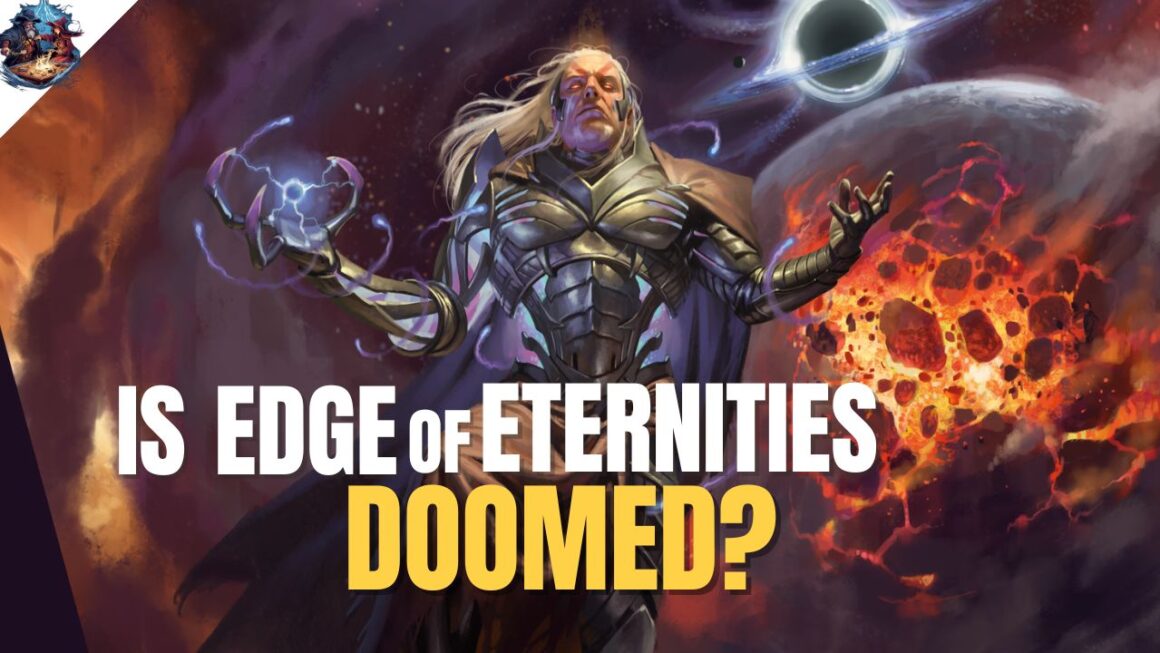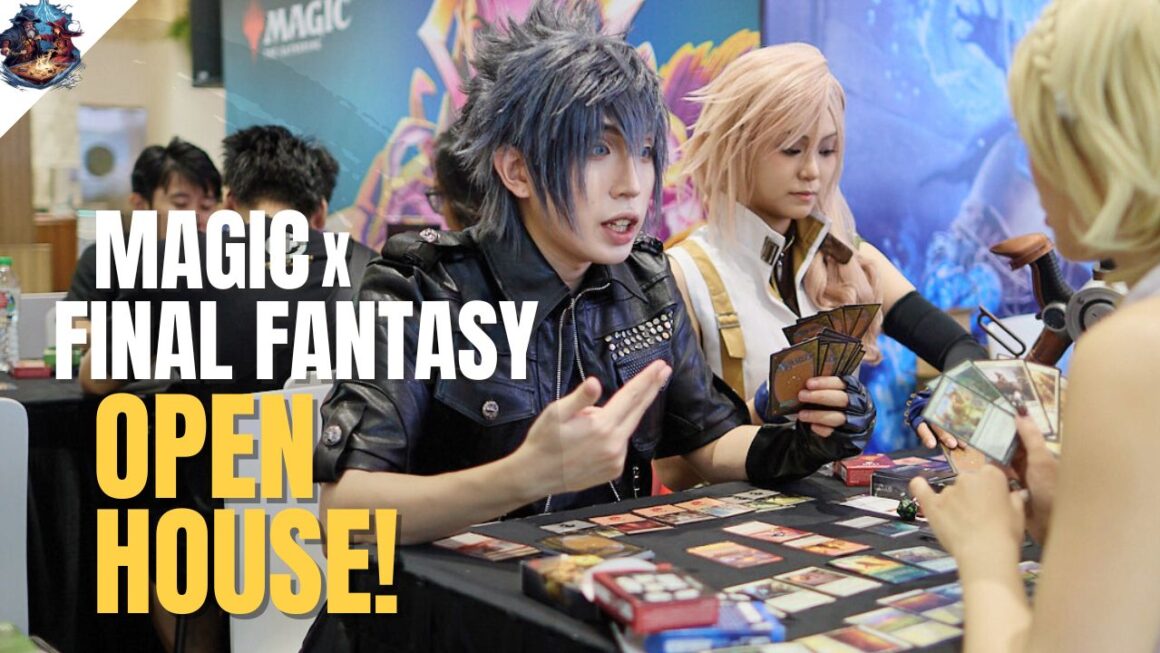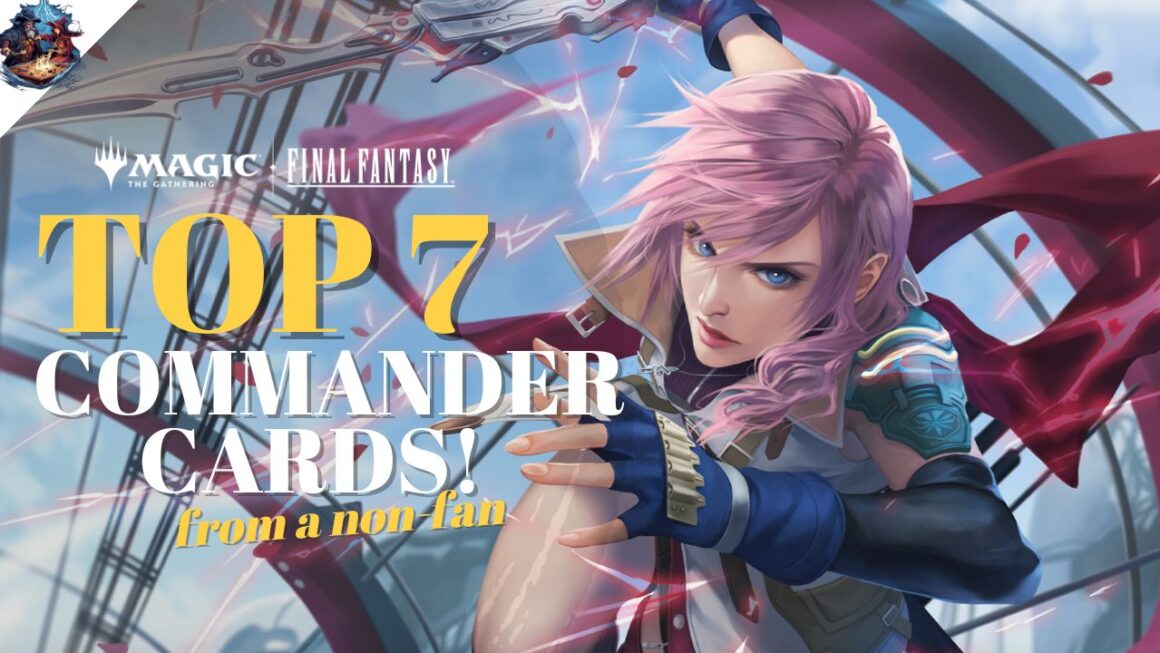Age is a sensitive issue for anyone but sometimes you really can’t hide your it. Old MTG players will irrevocably stand out as they sheepishly admit knowing a good number on this list.
But old doesn’t mean worse. Sure, some of these are cringeworthy to today’s younger players, but they are also testament to the game’s evolution over 28 years. In fact, a few of you might be proud to have witnessed history. How many of these do you remember? And if you don’t, would you want to bring any back?
Mana Burn
Did you ever feel your parents were a tad bit paranoid about actions and consequences? Well it’s probably because they knew about Mana Burn. Any unspent Mana left in your Mana Pool would empty and you would lose life equal to the Mana lost this way.
It’s not a pretty way to get killed, which is why players often thought twice before using Dark Ritual or Black Lotus for a 1-mana spell. Still, this rule persisted all the way to 2010 – a good 17 years of burn that will linger in players memories.

Today with lots of Mana abuse available in the form of Lotus Cobra or Omnath, Locus of the Roil, Mana Burn could have been a nice leash on such powerful abilities that led to cards getting banned.
Playing Dual Lands Without Sleeves
I’ve seen Commander decks double-sleeved, and once even tripled, because they’ve bling-ed out their deck with Foil or Reserved List cards such as Mana Crypt and Mox Diamonds. But a long time ago, boys played without protection, putting innocent Dual Lands on stony floors and tapping them incessantly. One might have also chosen to decorate deck boxes with them.

If some old MTG players had a crystal ball, I’m sure they’d have been taking a little bit more care of those Dual Lands that were relatively cheap back then. Today, even Uncommons wroth a couple of dollars have to be sleeve and sealed tight. The collection is just as important as the gameplay, if not more so.
Creatures Were Infected With “Summoning Sickness”
While everyone knows that long explanations of mechanics were shortened, such as Vigilance replacing “attacking does not cause this Creature to tap,” this one term didn’t need replacing but eventually was felled by the game developers.

Summoning Sickness was a term to describe a Creature’s inability to attack or tap on the same turn that it entered the Battlefield. It wasn’t stated on all cards, but selected Creatures that actually could attack on the first turn were filled with “this Creature is unaffected by Summoning Sickness.” This ability was eventually reworded as Haste.
Well if something else looked odd about that Ball Lightning, it brings us to the next oddity of old-school Magic.
White Border Cards
Old MTG is filled with different coloured borders. Silver border belonged to the wacky and fun-loving “Un” sets, while gold borders were used to denote cards that were from the world championship decks. Neither of them were legal in official tournaments. But contrary to the practice today, black-bordered cards were not the only tournament-legal cards around.


White borders were first seen in Revised (1993) and initially were meant to indicate a second or subsequent printing of an individual card. This continued for years and was more commonly seen in the Core sets such as 4th Edition (1995), 5th Edition (1997) and so forth. Finally, in 10th Edition, Wizards of the Coast decided to do away with white for consistency.
Inquest Magazines with Monthly Price Guides
Magazines may be a dying breed today, but 20 years ago at the dawn of the Internet, everyone was flipping page after page to read up on the latest trends, interviews on pro players, and yes, even sneak peaks for the upcoming MTG set.


But the biggest reason to buy InQuest back in the day was to gain access to their exclusive price guide, and take note if your card collection was gaining or losing value. We paid S$10 a month for something that everyone has access to for free today, with price charts and historical data readily available on multiple websites.
I admit, as a book lover, it was highly enjoyable to just kick back on the weekend, read from cover to cover, and be awed by enlarged MTG artwork that we had only previously seen on tiny image boxes on cards.
But like all good things, it came to an end in 2007 after 150 issues, even after it tried to branch out and cover computer games as well to broaden its reader base. It is a bygone era that will never come back. To those who have hung on to a few copies, I highly recommend you keep them in readable condition and show them to the future generations: “this is how we did it.”
Interrupts Were the Kings of Instants
In today’s Magic rule book, an Instant is the hare and the Sorcery is the turtle. But what if there was something faster than the hare?
That’s exactly how Interrupts were played in the old days. Interrupts acted like Instants, but could only be responded to with other Interrupts (so not Instants). These made the old counter spells like *ahem Counterspell and Force of Will nearly untouchable except for other Interrupts. Perhaps that was how Blue players gradually became mortal enemy number one.


Interrupts brought a lot of confusion in early competitive Magic, where qualified judges were not handily available for all local events. It’s probably for the best that Interrupts no longer exist, as it would make an already complex game even more a mind bender.
Tapping an Artifact Nullified Its Effects
A common trick control players used back in the 90s was to tap an Artifact to temporarily nullify its effects. For example, said player would somehow tap his own Winter Orb at the end of the opponent’s turn so that when it got to his Untap phase, everything would untap as normal, and at the same time reinstate its effect on the opponent.
Looking back, it did feel like a tenuous rule simply because a tapped Enchantment or Creature would still have its abilities in effect – so why should Artifacts be any different?
Old MTG / Original Card Design
For the first 10 years of its life, MTG cards lived within its original border and frame. Card names and types were harder to read as they were overlaid directly over the card’s colours, and Artifacts came in a more natural brown border that people often associate with “objects.”


Eventually Wizards of the Coast figured that colourless Artifacts should also be a grey-ish off-white, since they could not have possibly printed translucent cards. To me, brown is still the right colour for Artifacts as the current grey is simply too close to White.
The entire evolution of card design is long and interesting, and is often a good after-dinner topic for game and graphic designers on what is best functionally and aesthetically. While I couldn’t stomach the new 2003 redesign that came after the originals, I’ve warmed up to the more recent “Legendary” framing, with enhanced tapering of the black borders at the bottom.
Reserved List Cards Were Legal In Standard
When our last memory of any Reserved List change took place 10 years ago, it’s hard to imagine a time when Reserved List cards were legal in entry-level tournaments. Reserved List cards are among the game’s most powerful, so it would shock anyone if they made it into today’s Standard format (then called Type 2).
Fancy seeing Tolarian Academy or Gaea’s Cradle in Standard? Back then they had not be inducted into the Reserved List, but they were tearing down the Type 2 format environment that eventually led to some bans. To be fair, we are still seeing bans of very powerful cards in Standard today, such as Once Upon a Time and Oko, Thief of Crowns. But we know no matter how powerful these cards get, neither are going into the Reserved List.
Playing With Ante
An old mechanic that lived exclusively in 9 cards, Ante was just a nicer way of saying “gambling.” If players chose to do so, each would randomly pick out a card from their deck and that would be the Ante – the bid/stake for the rest that match. Certain cards such as Contract from Below and Darkpact specifically mention the Ante.


The winner of the match with Ante would get to permanently own the card – essentially your prize for emerging victorious. Ante had a high potential of clashing with gambling laws, and was subsequently removed from all tournaments and game design long before the turn of the millennium.
Shivan Dragon Was A (Very) Powerful Creature
No joke, a 5/5 Flying Dragon for 6 Mana was considered a bona-fide powerhouse in the mid-90s. Perhaps it was the ability to boost +1/+0 for 1 Red Mana that players valued. It was so sought-after that players were willing to trade a Dual Land for a Shivan Dragon.


After 28 years of power creep, players expect a lot more from a Creature that costs 6 Mana. Today, a 1-cost Creature such as Thieves’ Guild Enforcer can have its entire text box filled and it may not even make it into the meta game if Rogue decks hadn’t gain prominence.
MTG today is a much different (and bigger) beast than when it was first released in 1993. Who knows what the game will be like on its 50th anniversary, and some aspects that we consider as normal today may become obsolete in the future. Any guesses?




